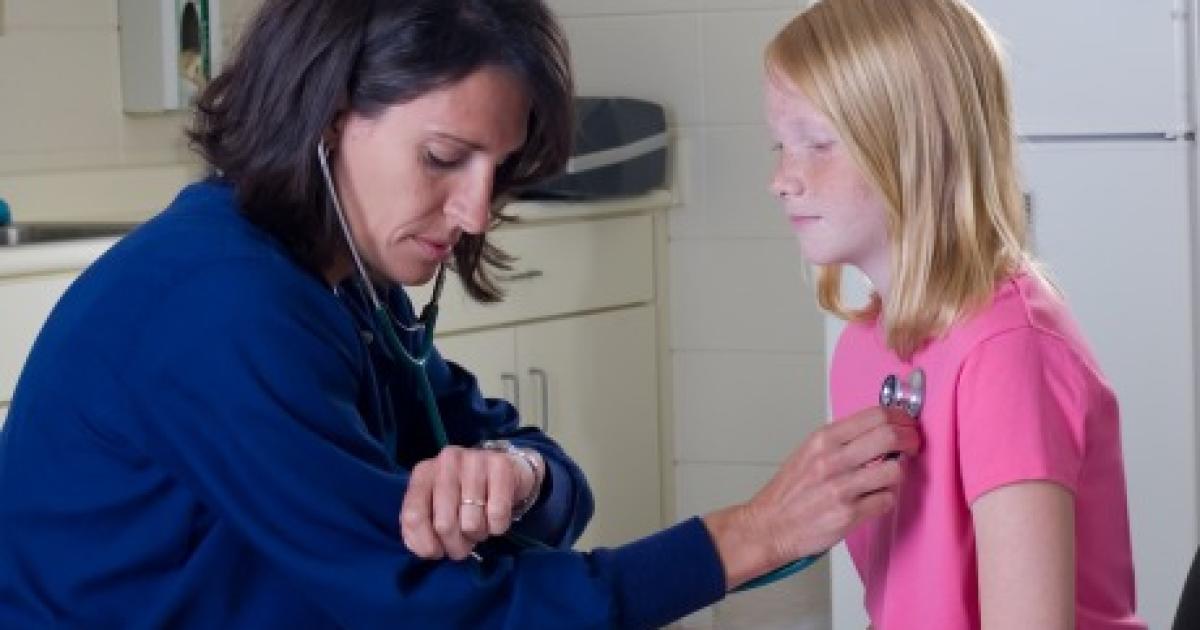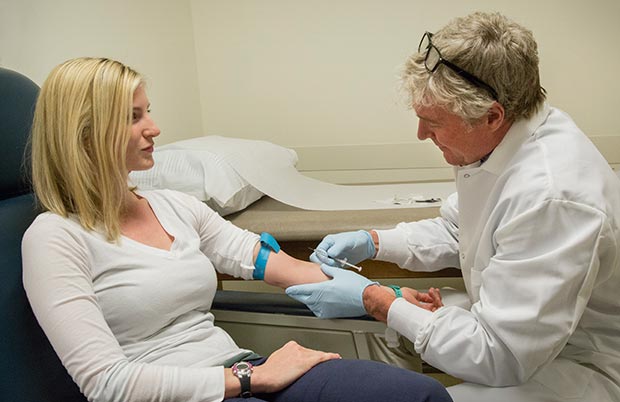Healthcare technology trends are changing rapidly. Each year the pace at which new technologies are being introduced and embraced grows significantly. According to one forecast, changes in the health care system could continue at a rate of over three percent annually. That pace is well above the average rate of change noted in the past decade. Some analysts predict that the current aging of baby boomers will lead to a shift toward electronic medical records (EMR) in the next decade.
This will likely impact providers of services such as medicine, home health care, and pharmacy.

Illnesses and Injuries
One of the biggest challenges facing providers of health services is to create a quality patient experience, which means that the tools, equipment, and procedures used to deliver services must provide the highest quality outcomes for patients. In the past, hospitals and other institutions focused on the diagnosis and treatment of illnesses and injuries. Over the past ten years or so, however, several trends have emerged within the healthcare industry that focus on better patient outcomes through technology improvements and the adoption of more sustainable organizational structures.

Artificial Intelligence
One of the trends noted within healthcare technology trends is the adoption of artificial intelligence to improve the quality of care provided by providers. Artificial intelligence can help reduce errors and mistakes due to manual practices and increase the speed and accuracy with which decisions are made. Studies indicate that improving patient care through artificial intelligence can lead to significant cost reductions and improved patient satisfaction. Several hospitals and healthcare organizations use deep learning in several core services that offer the highest quality outcomes for their patients.

Diagnose and Treat Patients
Another trend noted is the increased focus on predictive analysis as a way to improve care. Traditionally, physicians relied on historical information gathered through complex and time-consuming charts and graphs to diagnose and treat patients. As a result, there was a high level of error that could potentially lead to missed diagnoses and treatments. Advancements in predictive analysis have resulted in the accurate diagnosis and treatment of patients through large amounts of data collected at different times of a patient’s visit. These new technologies allow providers to gather data at the touch of a button and provide an accurate diagnosis based on known risk factors and conditions. Although this type of software may not be available at all healthcare facilities in the future, it is a genuine possibility today.

Telemedicine
Perhaps one of the biggest trends noted involves the integration of technology with traditional telemedicine. Telemedicine allows patients to receive medical care in the location where they live and is usually accompanied by the ability to access physicians and other necessary hospital services from any location in the world. Because of this, patients no longer have to make special arrangements to travel to see their doctors when healthcare providers have a clear view of their location and can quickly act when necessary. Healthcare providers are also adapting their business models to include telemedicine to maximize revenue opportunities.

Healthcare Technology
Other areas experiencing several healthcare technology trends include computer-assisted therapy (CAT), which has significantly reduced the amount of time patients spend waiting on their appointments. CAT utilizes diagnostic imaging such as X-rays, CT scans, MRI scans, and PET scans to diagnose and treat ailments. Some of the most common types of computer-assisted therapy equipment include computed tomography (CT) scanners, magnetic resonance imaging (MRI) scanners, and ultrasound machines. Another trend that is seeing increasing popularity is video conferencing. Video conferencing allows health professionals to discuss a patient’s situation with other health professionals at a distance.
This enables healthcare providers to address urgent medical issues or to transfer patients between local facilities without interrupting the visit.

